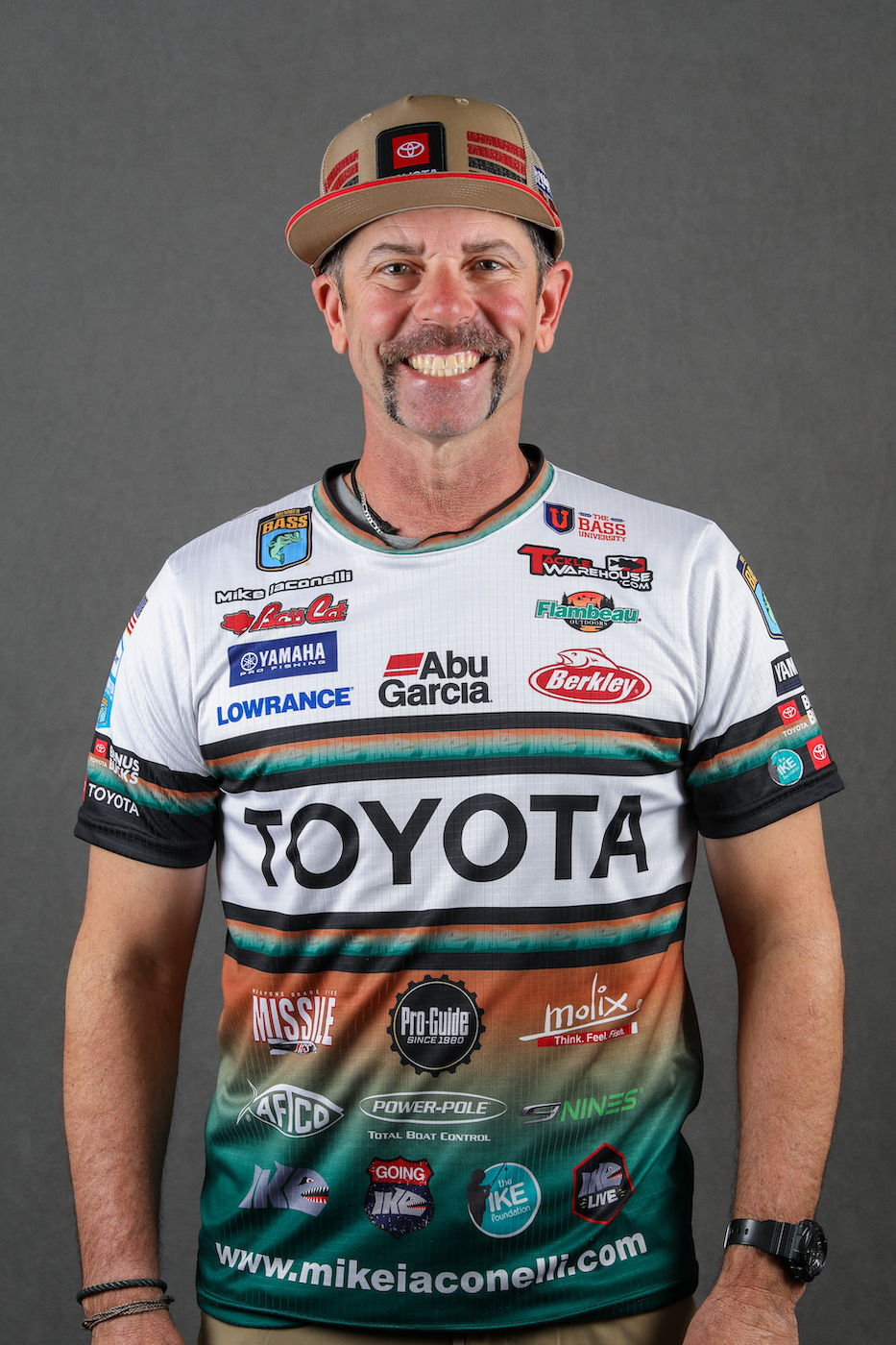
We’re getting ready to fish a deep, clear lake. Two weeks after that we’ll be fishing a shallow, murky lake. I’m a little surprised, and somewhat concerned, by what I’m hearing about how to use (or not) electronics on these radically different bodies of water.
It seems like some anglers appreciate the importance of electronics in deep water but discount their importance in shallow water. That’s wrong! I use my Lowrance units on every body of water I fish.
When I prefish and compete on Cherokee this week I’ll use them to gather general contour information as well as channel drops, swings, ledges and any other structural changes at the bottom of the lake. I’ll also use them to find baitfish and bass. They’ll show me everything that’s underneath my boat. And, they’ll allow me to find subtle changes in water temperature.
The StructureScan 3D will allow me to separate objects and look around my boat in a 360 degree circle. This stuff is good. Other manufacturers make similar products that offer some or all of those features. They’re good, too.
The GPS side of things is equally important. I don’t know much about Cherokee Lake. I need trails marked so I know where I’m going and I need to accurately mark the places I just talked about.
Do I need any less information about Lake Okeechobee?
The answer to that question is no. I need to find the different kinds of grass that are growing — modern civilian SONAR will do that — as well as all the holes that are in it. I might even want to know if the bottom in those holes is muck, sand or solid rock.
Drops, channels and other underwater irregularities are critical, too. They’re not as sharp and well-defined as those at Cherokee but that doesn’t make them any less important. A drop of less than a foot in Okeechobee can be just like a 5 foot drop in Cherokee.
I’ll also spend just as much time looking around for baitfish and bass. The new SONAR is amazing. You can separate weeds from fish easily, and in some cases make an educated guess as to what’s happening in the water at the exact moment you’re out there fishing. Fish the moment.
It’s the same with the GPS. Marking trails and waypoints is just as important in shallow water as it is in deep water. Fishing is fishing. You need the same basic information regardless of where you’re chasing bass.
There is one difference, however, in how you operate your units. You have to set the functions and features different for the different water depth and clarity. If you don’t, you’ll have a mess when you fish one body of water that’s radically different from another. Spend some time with your manual and practice with your units so that you can make the necessary changes quickly and efficiently and then get on with the business of catching bass.
Your electronics are important on every body of water. Don’t sell them short — not ever, not anywhere.
Mike Iaconelli’s column appears weekly on Bassmaster.com. You can also find him on Facebook and Twitter or visit his website, mikeiaconelli.com.





